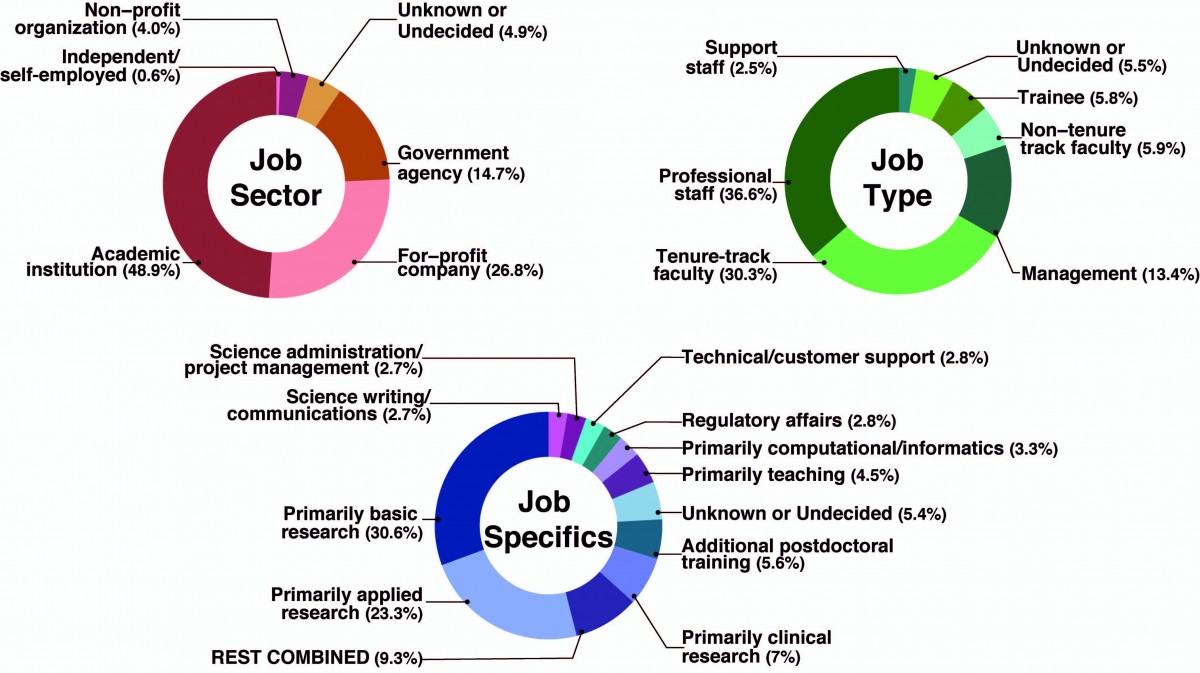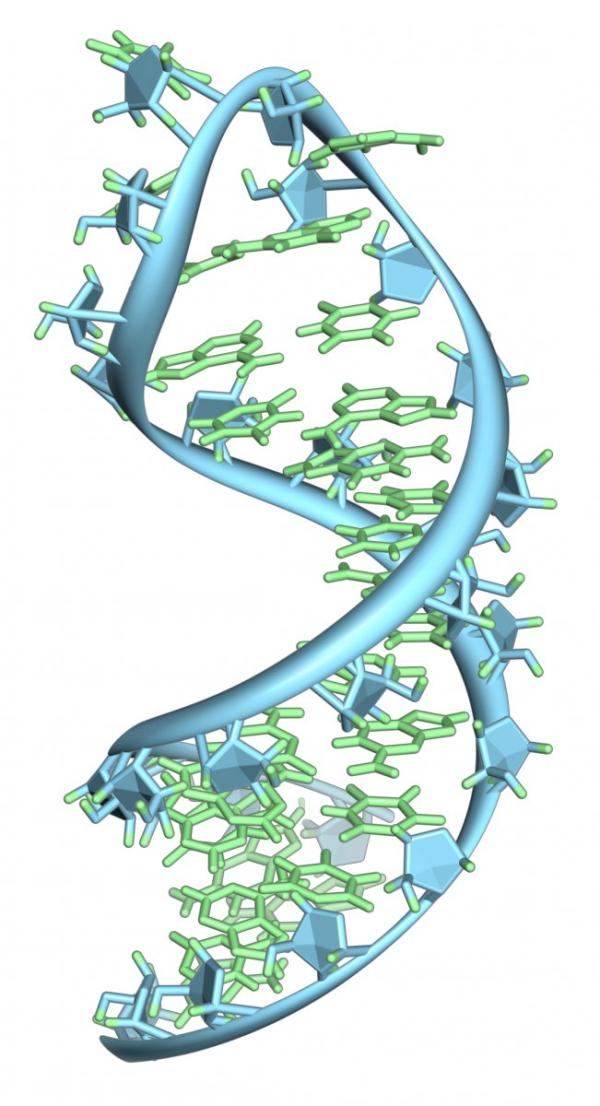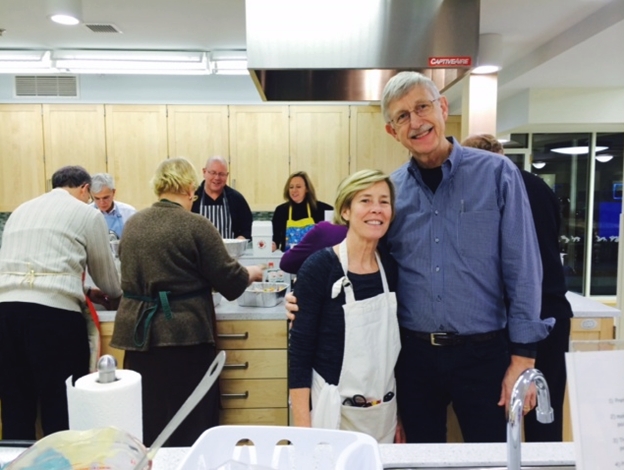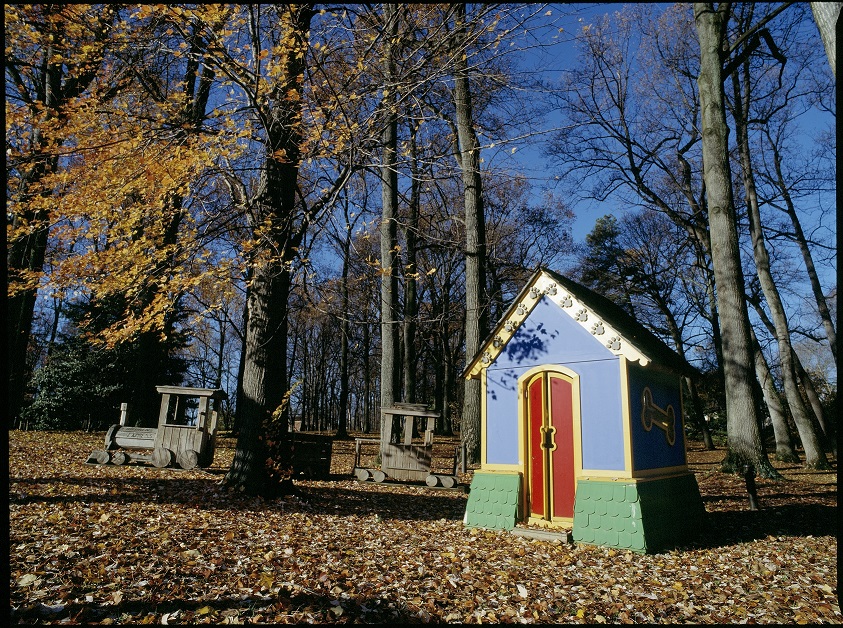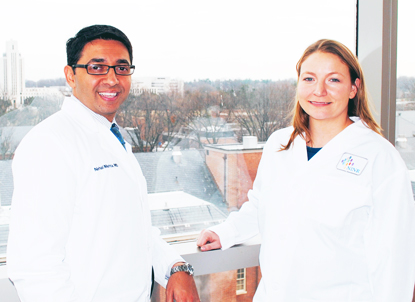New Study Categorizes Biomedical Careers
After postdoctoral fellows in biomedical research complete their training, they are prepared to land permanent positions that utilize their unique research skills. While some may choose the traditional academic route, and become tenure-track scientists, many take posts that keep them engaged in science, but not necessarily doing research.
For the first time at the NIH’s National Institute of Environmental Health Sciences (NIEHS), these non-faculty jobs, and the numbers of NIEHS postdocs in them, are broken down in a study that appeared online in the January 15 issue of Nature Biotechnology. The paper discussed a new tool that visualized the kinds of work the former postdocs were doing.

